Category: Cancer
-
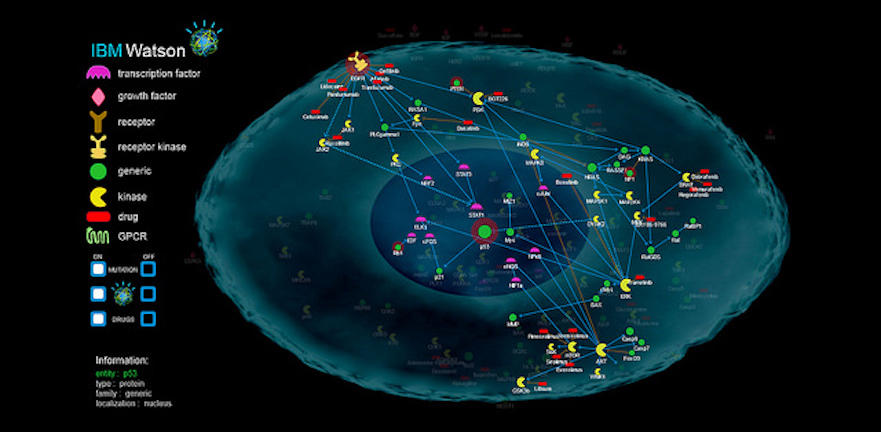
AI identifies cancer after doctor misdiagnosis, used to personalize care
IBM Watson detected a rare form of leukemia in a patient in Japan, after comparing genetic changes with a database of 20 million research papers. She had been misdiagnosed by doctors for months, and received the wrong treatment for her cancer type. Watson has created partnerships with 16 US health systems and imaging firms to identify cancer, diabetes and…
-
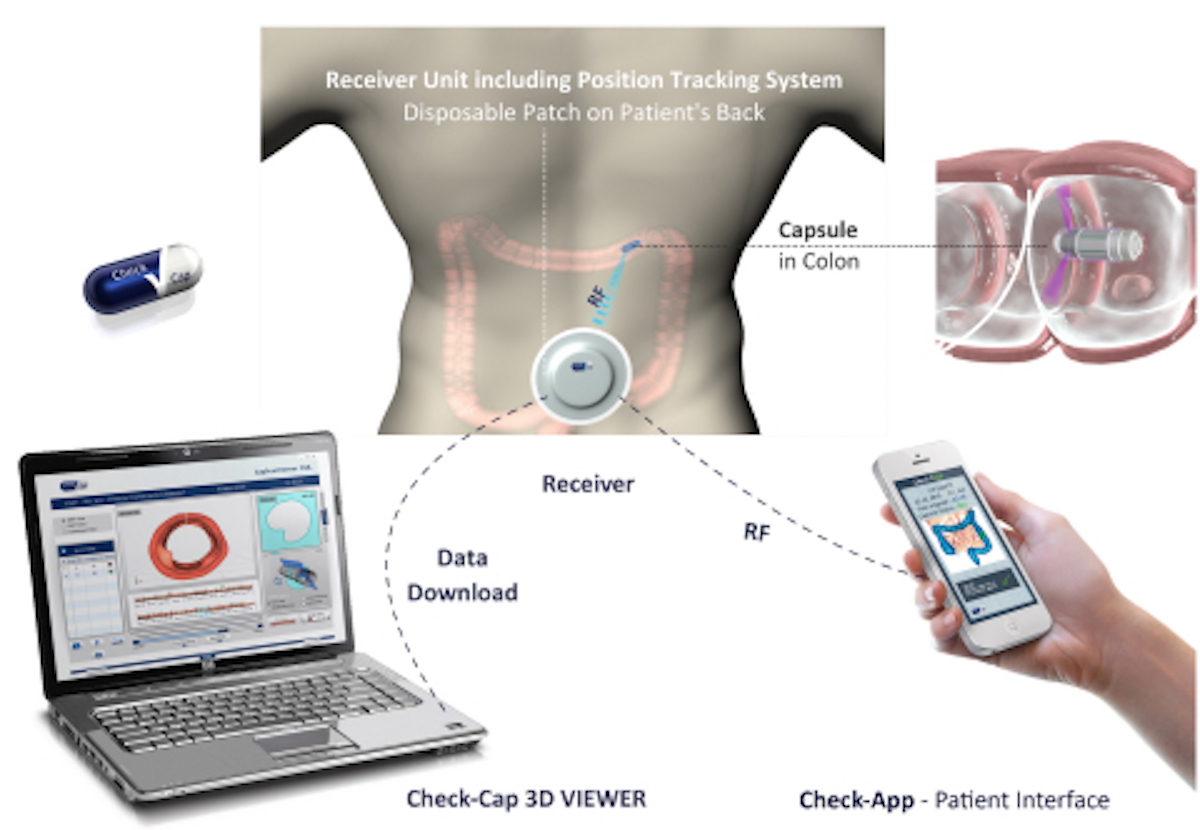
Preparation free, ingestible colorectal screening device
Check-Cap is developing a swallowable imaging capsule that screens for colorectal cancer with out requiring bowel-cleansing preparation. The ingestible capsule transmits X-rays to the intestinal wall and back, creating 3D images of the colon’s internal surface and enabling detection of clinically significant polyps. Given Imaging, also based in Israel, used light based (vs. X ray)…
-
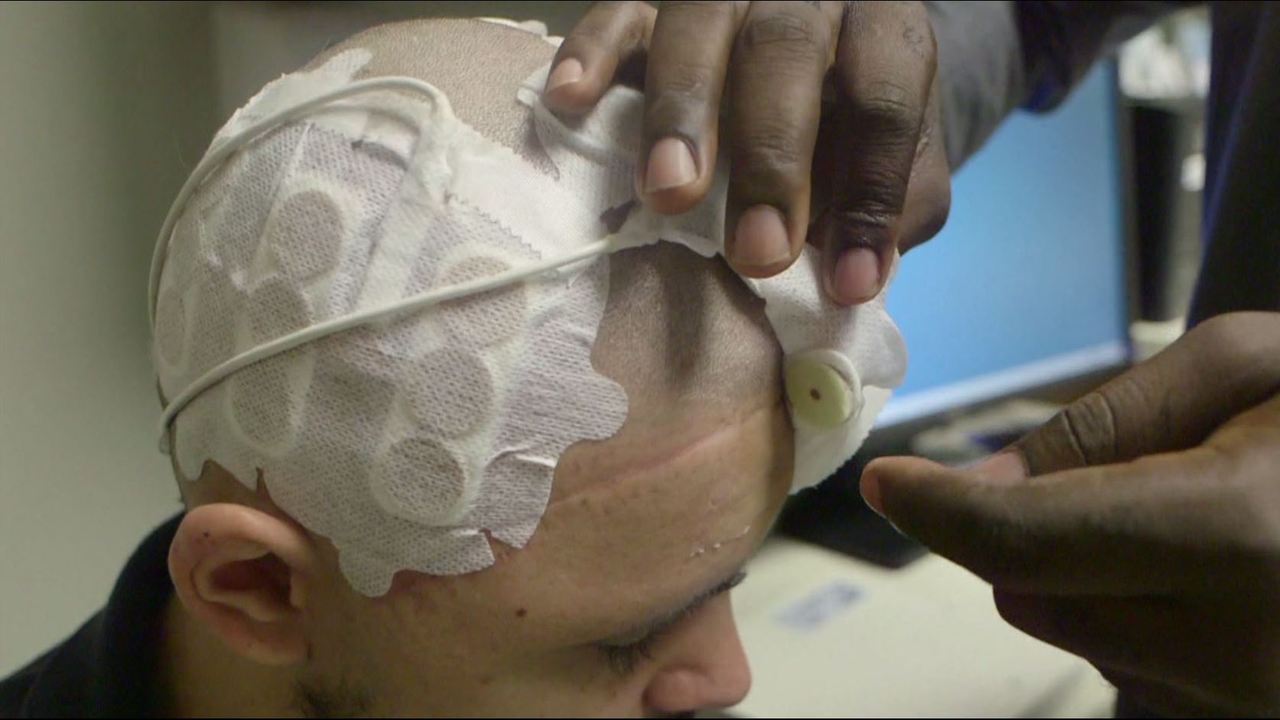
Non-invasive electric field treatment for glioblastoma
Optune by Novocure uses targeted electric fields to disrupt cancer cell division and cause cancer cell death. 500 hospitals globally can prescribe the FDA approved treatment to glioblastoma patients. “Tumor Treating Fields” are low intensity, alternating electric fields within the intermediate frequency range. TTFields disrupt cell division through physical interactions with key molecules during mitosis.…
-
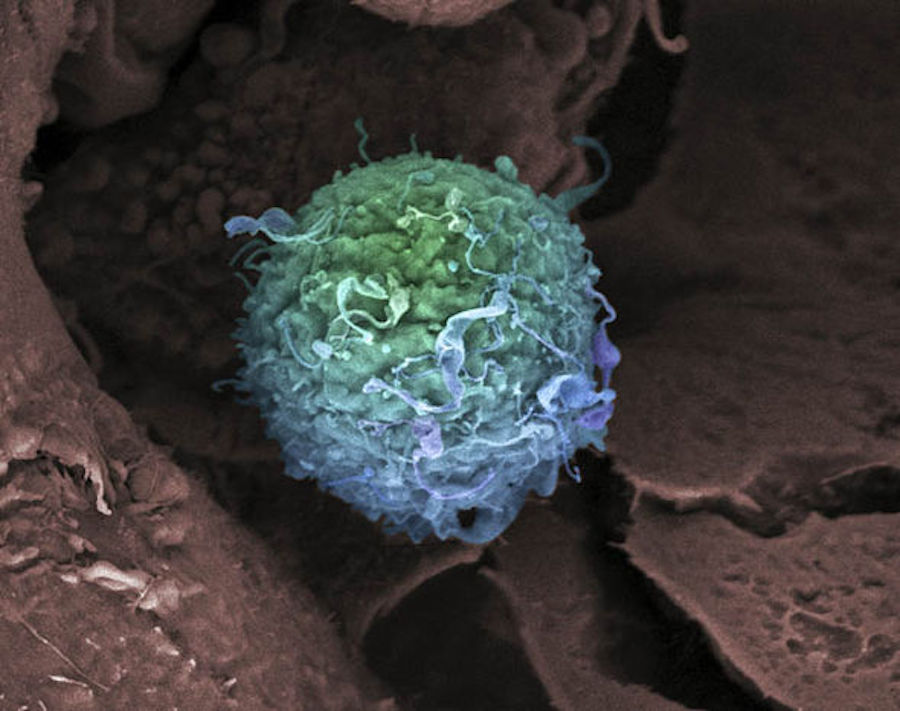
Optical sensor could detect cancer, other diseases, earlier
Guiseppe Strangi and Case Western colleagues have developed a highly sensitive optical sensor, based on nanostructured metamaterials. The researchers claim that is is 1 million times more sensitive than current sensors, and capable of identifying a single lightweight molecule in a highly dilute solution. This could dramatically improve the detection of cancer and other diseases.…
-

Machine learning analysis of doctor notes predicts cancer progression
Gunnar Rätsch and Memorial Sloan Kettering colleagues are using AI to find similarities between cancer cases. Ratsch’s algorithm has analyzed 100 million sentences taken from clinical notes of about 200,000 cancer patients to predict disease progression. In a recent study, machine learning was used to classify patient symptoms, medical histories and doctors’ observations into 10,000 clusters. Each…
-
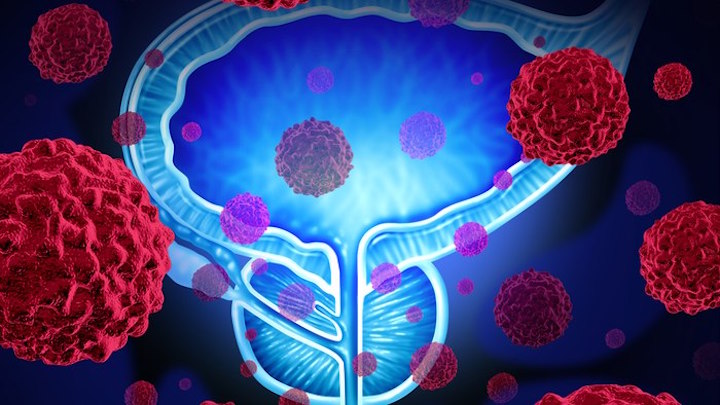
Sensor + algorithm detect prostate cancer in urine
Chris Probert and University of Liverpool and UWE Bristol colleagues are creating a test that uses gas chromatography to “smell” prostrate cancer in urine. If proven accurate, the test might be able to be used instead of current invasive diagnostic procedures, at an earlier stage. 155 men were tested. 58 were diagnosed with prostate cancer, 24 with bladder…
-
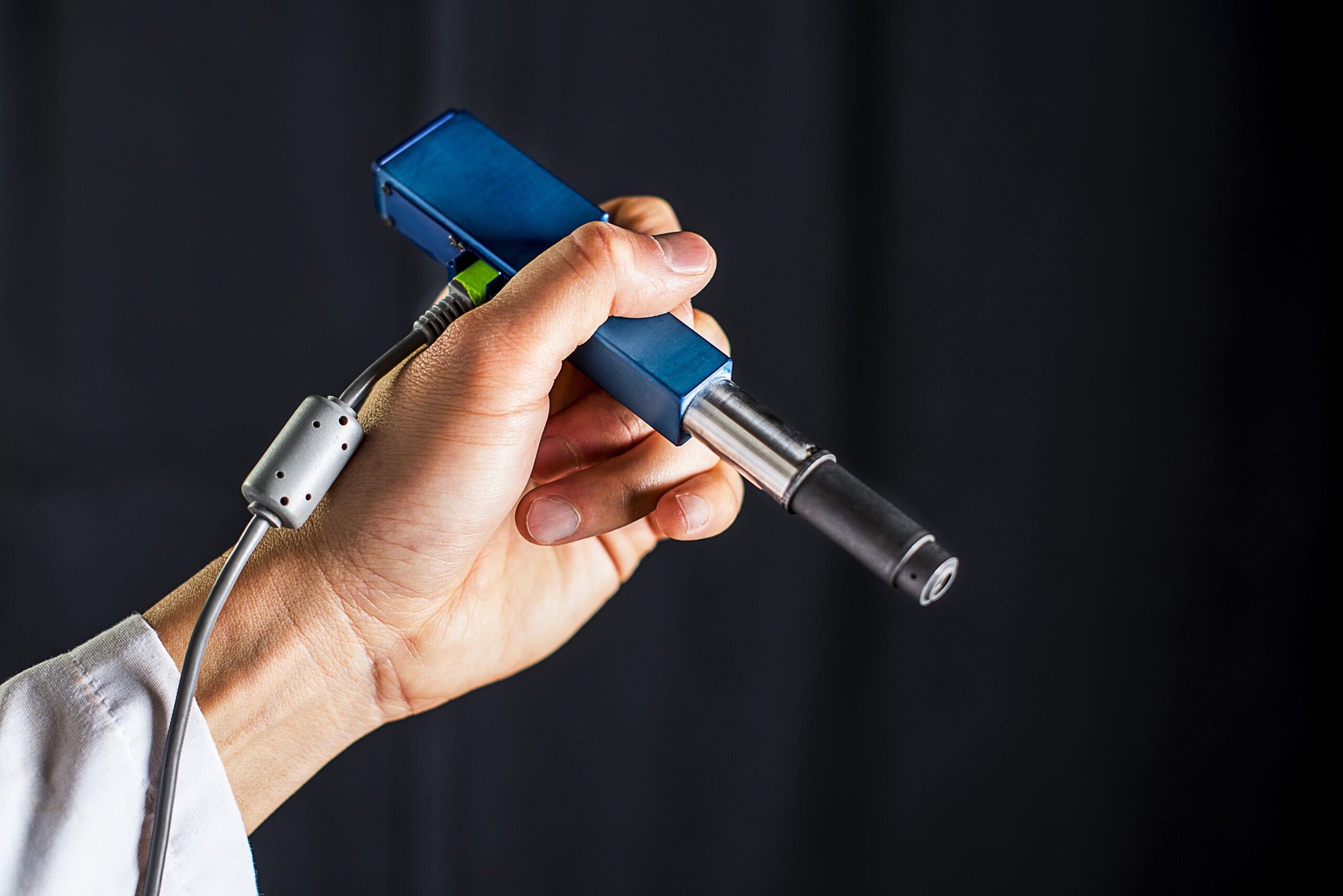
Handheld microscope identifies cancer cells during surgery
University of Washington, Memorial Sloan Kettering Cancer Center, Stanford University and Barrow Neurological Institute researchers are developing a handheld, miniature microscope to allow surgeons to “see” at a cellular level in the operating room. This can enable more precise brain tumor removal, as surgeons try not to leave cancerous material behind, while protecting healthy brain matter.…
-
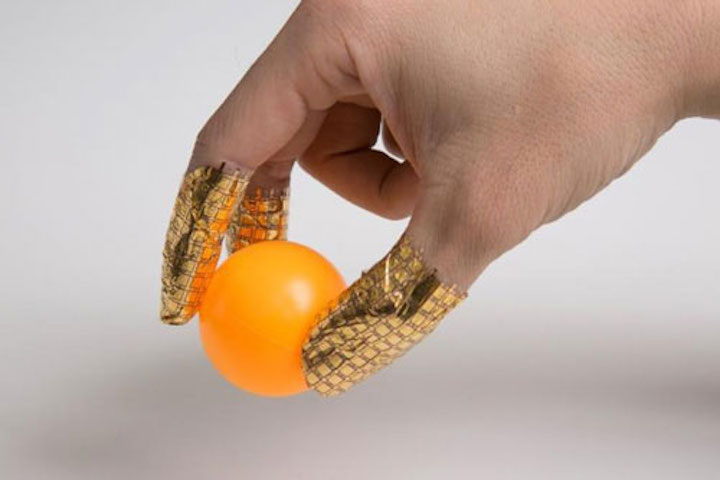
Nanofiber sensor glove could detect breast cancer
Tokyo University’s Takao Someya and Harvard’s Zhigang Suo are developing thin, bendable, pressure sensitive, nanofiber sensors that could be be incorporated into gloves to detect breast tumors. The 1.9 inch square sheet has 144 pressure measuring locations, and can detect pressure even when twisted. Many researchers are developing flexible pressure sensors, but they are vulnerable when bent…
-
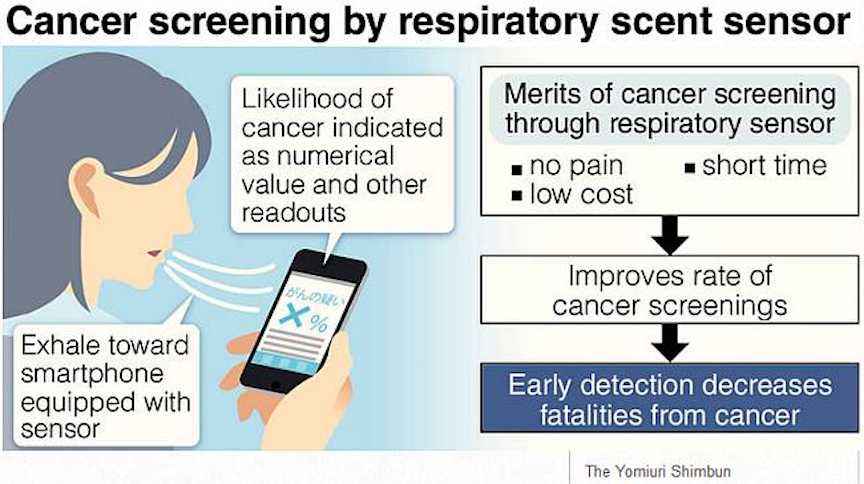
Phone chip may sense cancer in breath
Image: The Yomiuri Shimbun A consortium led by Yoshikawa, Genki and National Institute for Materials Science colleagues is in the early stages of developing a phone sensor that they claim is capable of detecting cancer by analyzing breath odor. A tiny chip is said to determine whether substances linked to cancer exist in one’s breath, and calculates…
-

Respiratory motion system for improved lung tumor imaging
U of T professor Shouyi Wang has developed a mathematical model based, personalized respiratory motion system for more precise lung tumor imaging. Respiratory gating, or a patient’s motion breath-by-breath, is monitored, and the data is used to focus a radiology beam on the target when the chest cavity is relaxed. This is the stage that…
-
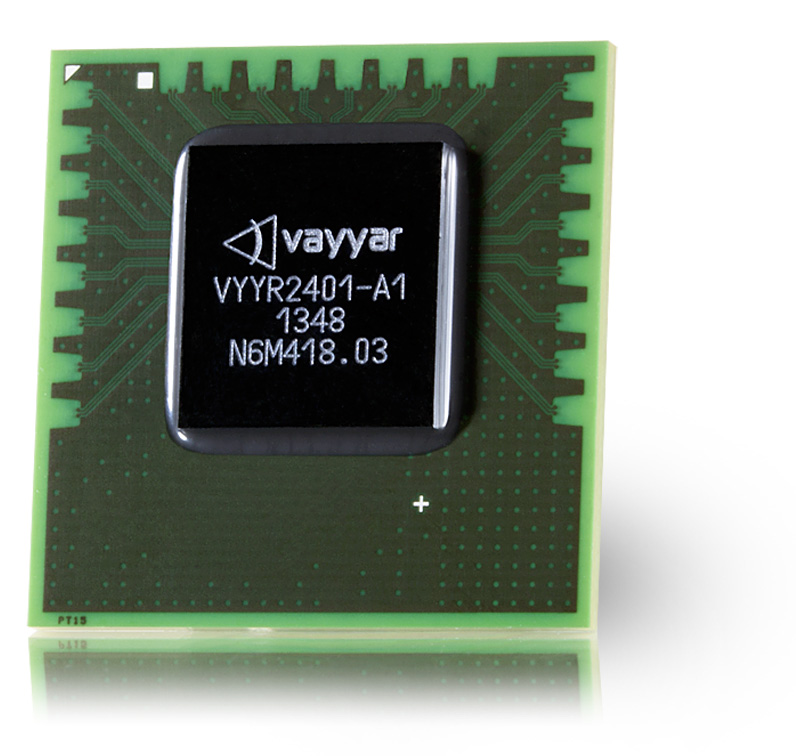
Mobile 3D imaging for early breast cancer detection
Vayyar is a 3D imaging company that aims to turn every mobile device into an advanced imaging system. The company, which focuses on breast cancer detection, among other applications, claims that it can better detect anomalies, at an earlier stage, than traditional methods. The technology will be demonstrated at CES next month. ApplySci looks…
-
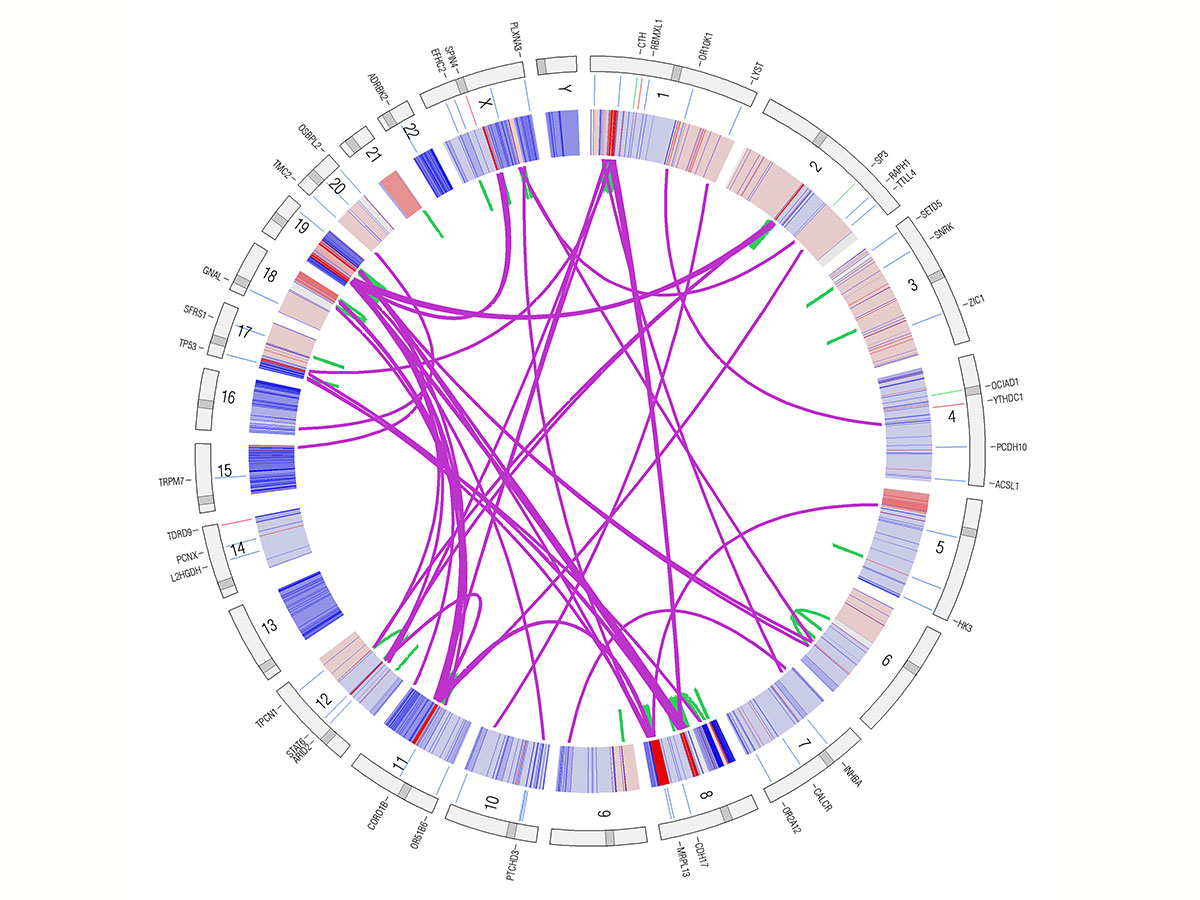
Machine learning based cancer diagnostics
Search engine giant Yandex is using its advanced machine learning capabilities to detect cancer predisposition. Yandex Data Factory has partnered with AstraZeneca to develop the RAY platform, which analyzes DNA testing results, generates a report about patient genome mutations, and provides treatment recommendations and side effect information. Testing will begin next month. The two companies have signed a cooperation…